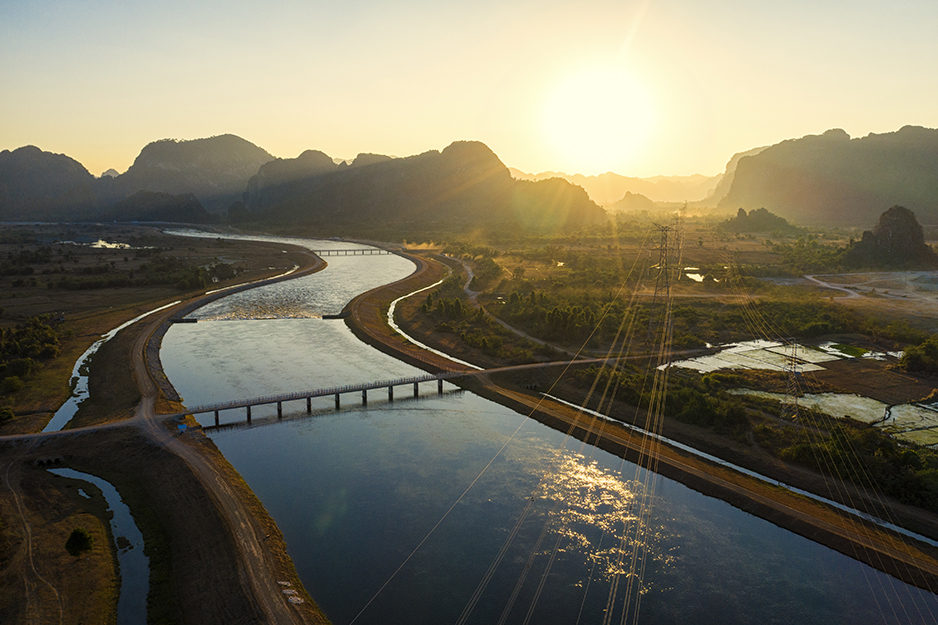ສະຖານທີ່ທີ່ບໍ່ວ່າໃຜໄດ້ໄປກໍ່ຕ້ອງຫຼົງໄຫຼຕົກຫຼຸມຮັກກັບນາກາຍ ແລະ ຍົມມະລາດ.
ແຂວງຄຳມ່ວນ ພຽງການກ່າວເຖິງເລັກນ້ອຍກໍ່ສາມາດກະຕຸກຈິດໃຈຂອງຜູ້ໃດກໍ່ຕາມທີ່ເຄີຍເດີນທາງມາທ່ຽວໃນປະເທດລາວໄດ້ແລ້ວ. ນັກທ່ອງທ່ຽວສ່ວນຫຼາຍ ຈະຈົດຈຳແມ່ນໍ້າສີຟ້າຄາມທີ່ສວຍສົດງົດງາມ, ຖ້ຳທີ່ເຕັມໄປດ້ວຍ
ຮູບຊົງອັນໂດດເດັ່ນ, ພູຜາຫີນປູນທີ່ໜ້າອັດສະຈັນໃຈແລະ ສະຖານທີ່ທີ່ມີຄວາມອຸດົມສົມບູນທາງດ້ານວັດທະນະທຳເຊິ່ງເປັນທີ່ຢູ່ອາໄສຂອງກຸ່ມຊົນເຜົ່າສ່ວນນ້ອຍທີ່ສືບສານວິຖີຊີວິດຂອງຕົນດັ່ງທີ່ເຄີຍໄດ້ເຮັດມາເປັນເວລາຫຼາຍສະຕະວັດ.
ໃນແຂວງດັ່ງກ່າວນີ້ ຍັງມີເຂດຊີວະນາໆພັນທີ່ອຸດົມສົມບູນທີ່ສຸດໃນປະເທດ. ໜຶ່ງໃນນັ້ນແມ່ນອຸທິຍານແຫ່ງຊາດນາກາຍ-ນໍ້າເທີນ (NNT-NP). ສວນອຸທິຍານດັ່ງກ່າວ ແມ່ນເຕັມໄປດ້ວຍພືດພັນນາໆຊະນິດ ແລະ ສັດປ່າທີ່ຫາຊົມໄດ້ຍາກ, ເຊິ່ງເປັນທີ່ຮູ້ຈັກກັນດີໃນບັນດານັກວິທະຍາສາດ ແລະ ນັກສຳຫຼວດທີ່ເຂົ້າໄປຄົ້ນຄວ້າທໍາຄວາມເຂົ້າໃຈກັບຄວາມລັບຕ່າງໆທີ່ອາດຈະຍັງບໍ່ທັນຖືກຄົ້ນພົບເທື່ອ.

ຂັບລົດໄປທາງທິດຕາເວັນອອກປະມານ 70 ກິໂລແມັດຈາກເມືອງທ່າແຂກ, ທ່ານຈະພົບກັບເມືອງ ຍົມມະລາດ ແລະ ນາກາຍ ເຊິ່ງເຖິງວ່າຈະຫ່າງຈາກກັນພຽງ 20ກມ, ແຕ່ກໍ່ມີຄວາມແຕກຕ່າງໃນລະດັບຄວາມສູງເກືອບ 400ມ. ສິ່ງນີ້ໄດ້ສ້າງທິວທັດທີ່ໜ້າຕື່ນຕາຕື່ນໃຈທີ່ສຸດໃນແຂວງນັບຕັ້ງແຕ່ປ່າໄມ້ເຂດຮ້ອນ, ຜາຫີນປູນທີ່ຍາວເປັນສາຍ, ນ້ຳຕົກຕາດທີ່ບໍ່ສາມາດເຫັນໄດ້ໃນບ່ອນອື່ນ, ຖ້ຳາງໆ ແລະ ມໍລະດົກທາງວັດທະນະທຳທີ່ອຸດົມສົມບູນ.
ເມື່ອຫຼຽວເບິ່ງເລິກເຂົ້າໄປໃນພື້ນທີ່ດັ່ງກ່າວ, ບໍ່ວ່າໃຜກໍ່ຈະສັງເກດເຫັນເຂື່ອນໄຟຟ້າ ແລະ ອ່າງເກັບນໍ້າຂອງນໍ້າເທີນ 2
ທັນທີ. ອ່າງເກັບຮັກສານໍ້າທີ່ກວ້າງໃຫຍ່ໄພສານແຫ່ງນີ້ ໄດ້ລວມຕົວເຂົ້າກັບພື້ນທີ່ຢ່າງເປັນທໍາມະຊາດ ແລະ ບໍ່ພຽງແຕ່ເຮັດໜ້າທີ່ຜະລິດພະລັງງານທົດແທນສຳລັບພາກພື້ນເທົ່ານັ້ນ, ອ່າງເກັບນໍ້າຂອງນໍ້າເທີນ 2 ຍັງເຮັດໜ້າທີ່ເປັນ
ດັ່ງເຄື່ອງຈັກຂັບເຄື່ອນໃນການພັດທະນາ ແລະ ສ້າງຄວາມກ້າວໜ້າທີ່ຊ່ວຍໃຫ້ການດໍາລົງຊີວິດດີຂຶ້ນຍິ່ງກວ່າເກົ່າ.

ທ່ານ ໂອລິວິເອ ດິດຣີ, ຜູ້ອໍານວຍການໃຫຍ່ ບໍລິສັດ ໄຟຟ້ານໍ້າເທີນ 2: ເຂື່ອນນໍ້າເທີນ 2 ໄດ້ກ້າວກະໂດດມາໄກຫຼາຍໃນ
ຊ່ວງ 10 ປີທີ່ຜ່ານມາທໍາອິດຖືກຜູ້ຄົນເບິ່ງວ່າເປັນຜົນກະທົບທາງລົບ, ແຕ່ຫຼັງຈາກນັ້ນກໍ່ຄ່ອຍໆນັບມື້ນັບຖືກເບິ່ງເປັນ
ໂອກາດທີ່ດີສໍາລັບການສ້າງຄຸນຄ່າທີ່ຍືນຍົງທັງໃນດ້ານການສຶກສາ, ສາທາລະນະສຸກ, ນິເວດວິທະຍາ, ການເຂົ້າເຖິງແຫຼ່ງນໍ້າ, ການອະນຸລັກຊີວະນາໆພັນ ແລະ ພະລັງງານຮູບແບບໃໝ່.
ແນວຄວາມຄິດລິເລີ່ມຂອງໂຄງການພື້ນຖານໂຄງລ່າງທີ່ສຳຄັນນີ້ ແມ່ນເປັນຫຼາຍກວ່າການລອງສ່ຽງດວງ; ໃນຊ່ວງ
ເວລານັ້ນ, ເບິ່ງຄືກັບວ່າເປັນໄປບໍ່ໄດ້ເລີຍທີ່ມື້ໜຶ່ງ ໂຄງການພື້ນຖານໂຄງລ່າງທີ່ໃຫຍ່ທີ່ສຸດຂອງປະເທດຈະມີບົດບາດ ແລະ ຄວາມສໍາຄັນຢ່າງຍິ່ງໃນການພັດທະນາປະເທດຊາດ. ເຖິງຢ່າງໃດກໍ່ຕາມ, ຜ່ານຫຼາຍທົດສະວັດຂອງການວາງແຜນສຶກສາຄົ້ນຄວ້າຢ່າງລະອຽດ ແລະ ການມີສ່ວນຮ່ວມຂອງແຮງງານລາວຫຼາຍກວ່າ 8000 ຄົນໃນບໍລິເວນກໍ່ສ້າງ 21 ແຫ່ງ, ຄວາມຝັນດັ່ງກ່າວໄດ້ກາຍເປັນຈິງ ແລະ ເຂື່ອນນ້ຳເທີນ 2 ເອງກໍ່ໄດ້ເລີ່ມຜະລິດໄຟຟ້ານັບແຕ່ປີ 2010 ເປັນຕົ້ນມາ.
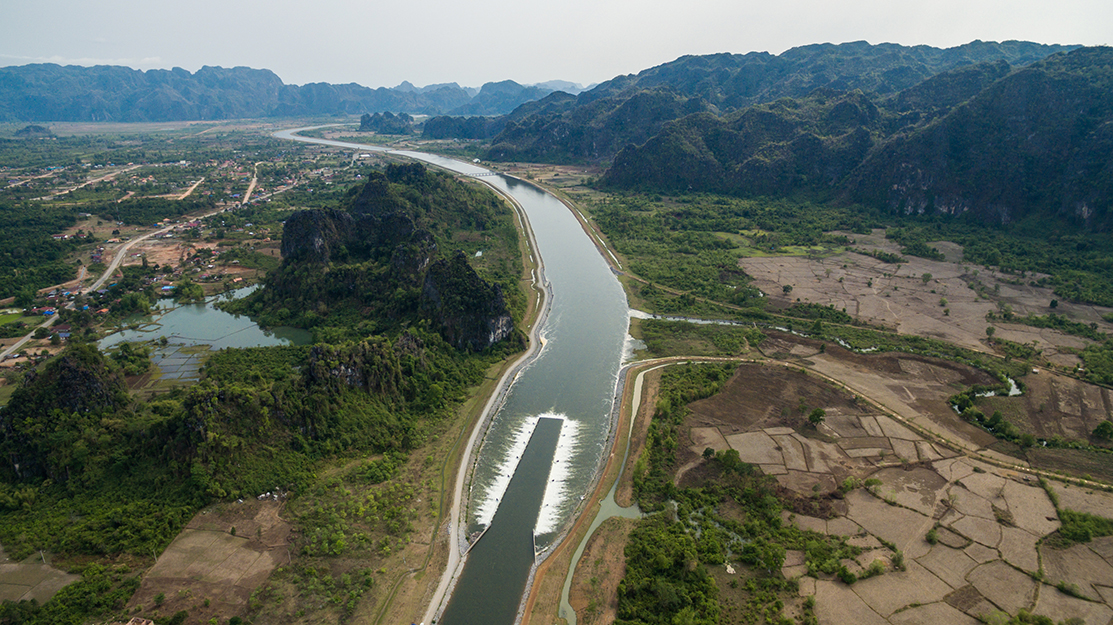
10 ປີຕໍ່ມາ, ໝາກຜົນຂອງການກໍ່ສ້າງເຫຼົ່ານີ້ໄດ້ສ້າງປະໂຫຍດໃຫ້ແກ່ປະຊາຊົນໃນຂົງເຂດນີ້ ໂດຍບໍ່ພຽງແຕ່ສ້າງເສັ້ນທາງໃນການເຂົ້າເຖິງ, ມີໄຟຟ້າໃຫ້ໃຊ້, ມີນໍ້າສະອາດ ແລະ ໂຮງຮຽນແລ້ວນັ້ນ, ຍັງໃຫ້ຊີວິດການເປັນຢູ່ທີ່ດີຂື້ນຍ້ອນກະແສລາຍໄດ້ຈາກການທ່ອງທ່ຽວ, ການຫາປາ ແລະ ໂອກາດເຮັດວຽກໃນຂົງເຂດເສດຖະກິດທ້ອງຖິ່ນທີ່ກໍາລັງເຕີບໂຕ ເຊິ່ງລ້ວນແຕ່ເປັນຜົນທີ່ໄດ້ຮັບຈາກໂຄງການນ້ຳເທີນ 2.
ອ່າງເກັບນໍ້າດັ່ງກ່າວໄດ້ກາຍເປັນທີ່ນິຍົມຂອງບັນດານັກທ່ອງທ່ຽວໃນການຊົມທິວທັດອັນສວຍງາມ, ເຊິ່ງກໍ່ກຳລັງປ່ຽນແປງໄປຕື່ມໂດຍຜ່ານການວາງແຜນໄວ້ລ່ວງໜ້າເພື່ອສ້າງອະນາຄົດທີ່ມີສີຂຽວຍິ່ງຂຶ້ນ. ເມື່ອບັນຫາດິນຟ້າອາກາດເລີ່ມປະກົດໃນປະເທດລາວ, ເຂື່ອນນໍ້າເທີນ 2 ຈະເປັນຕົວຊ່ວຍຫຼຸດຜ່ອນຜົນກະທົບຈາກໄພແຫ້ງແລ້ງທີ່ຮ້າຍແຮງ. ນອກເໜືອຈາກນີ້, ການເພີ່ມກະດານພະລັງງານແສງອາທິດທີ່ລອຍຢູ່ເທິງໜ້ານໍ້າຈະເຮັດໃຫ້ກາຍເປັນສູນກາງຂອງພະລັງງານທົດແທນ, ເຮັດໃຫ້ການນຳໃຊ້ພະລັງງານໄຟຟ້າ ແລະ ພະລັງງານແສງຕາເວັນໄປພ້ອມໆກັນກາຍເປັນການປະສົມປະສານທີ່ສໍາເລັດຜົນ ແລະ ເປັນໂຮງງານຜະລິດໄຟຟ້າແບບພະລັງງານປະສົມແຫ່ງທຳອິດຂອງລາວ.
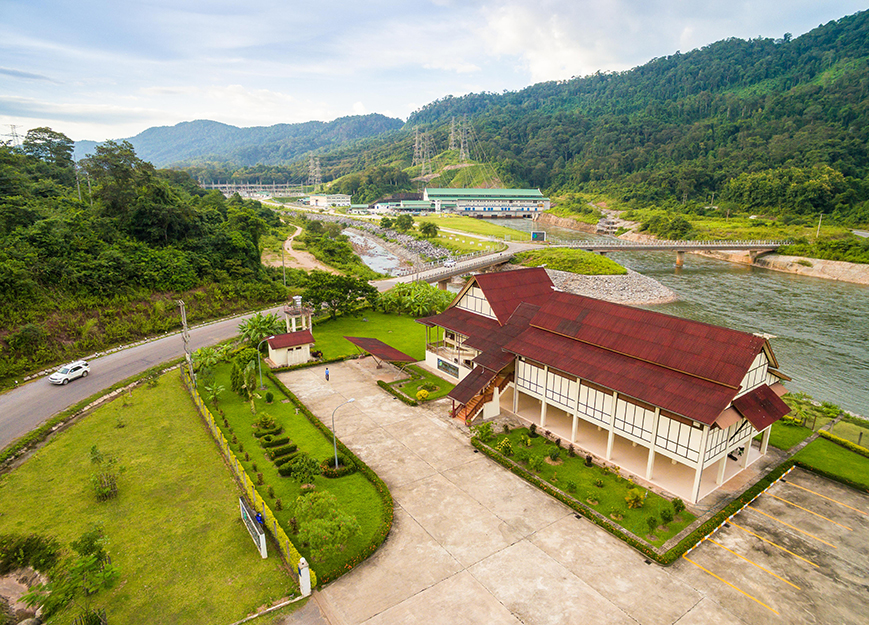
ເດີນທາງໄປທາງໃຕ້ຈາກໂຮງໄຟຟ້າໃນເມືອງ ຍົມມະລາດ, ທ່ານຈະໄດ້ເຫັນຄອງນໍ້າທີ່ມີຄວາມຍາວ 27 ກິໂລແມັດ. ສິ່ງດັ່ງກ່າວ ໄດ້ສະໜອງຊີວິດການເປັນຢູ່ຕະຫຼອດປີໃຫ້ແກ່ຊາວກະສິກອນໃນພື້ນທີ່ໃຫ້ໄດ້ມີນໍ້າໃຊ້ພຽງພໍໃນປັດຈຸບັນ. ຊີວິດຂອງພວກເຂົາດີຂື້ນກວ່າ
ເກົ່າຫຼາຍຍ້ອນວ່າດຽວນີ້ພວກເຂົາສາມາດປູກເຂົ້າ ແລະ ພືດຜົນອື່ນໆຫຼາຍກ່ວາໜຶ່ງຄັ້ງຕໍ່ປີ, ເຮັດໃຫ້ຄອບຄົວຂອງພວກເຂົາມີງົບປະມານດ້ານການເງິນໝັ້ນຄົງດັ່ງທີ່ພວກເຂົາບໍ່ເຄີຍມີມາກ່ອນ.
ນໍ້າເທີນ 2 ຍັງປະຕິບັດງານດ້ວຍໜ້າທີ່ທີ່ເຂັ້ມງວດໃນການປົກປັກຮັກສາສິ່ງແວດລ້ອມທຸກບ່ອນທີ່ເປັນໄປໄດ້. ພື້ນທີ່ປ່າໄມ້ກວ້າງ 4000 ຕະລາງກິໂລແມັດອ້ອມຮອບໂຄງການ, ອຸທິຍານແຫ່ງຊາດນາກາຍ- ນ້ຳເທີນ, ແມ່ນເຂດຊີວະນາໆພັນທີ່ສຳຄັນໃນອາຊີຕາເວັນອອກສ່ຽງໃຕ້ ແລະ ເປັນທີ່ຢູ່ອາໄສຂອງສັດ ແລະ ພືດຫຼາກຫຼາຍສາຍພັນທີ່ຖືກສະຫງວນ ແລະ ໃກ້ຈະສູນພັນທີ່ເອີ້ນປ່າໄມ້ດັ່ງກ່າວວ່າບ້ານ.
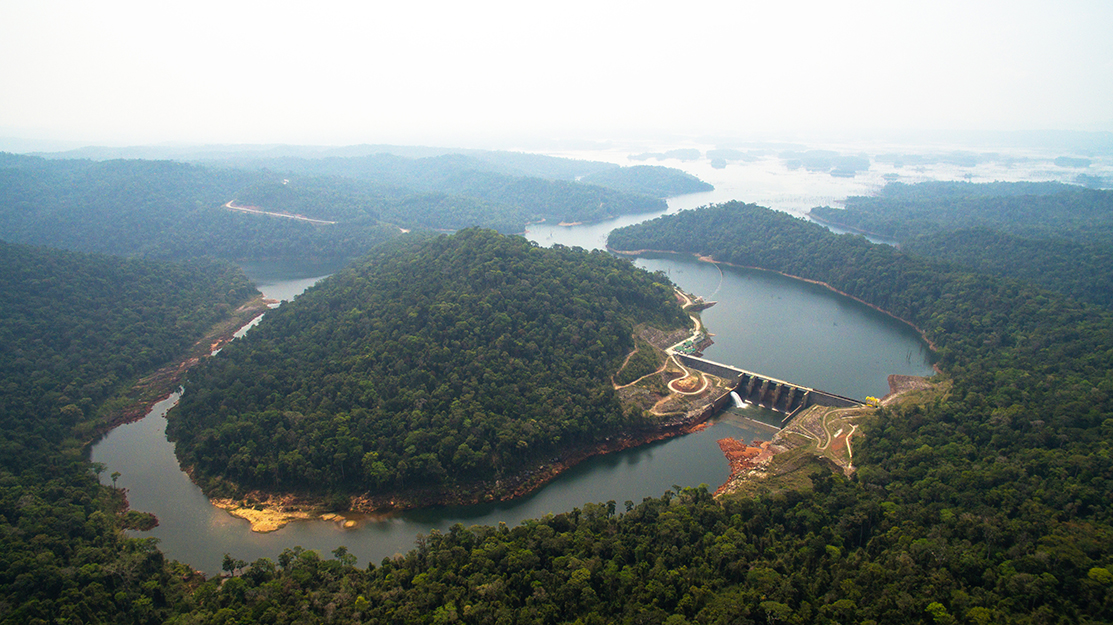
ເຈົ້າໜ້າທີ່ປົກປັກຮັກສາອຸທິຍານແຫ່ງຊາດນາກາຍ-ນ້ຳເທີນໄດ້ຮັບລາຍຮັບຈາກໂຄງການພະລັງງານໄຟຟ້ານ້ຳຕົກ 1,3 ລ້ານໂດລາສະຫະລັດໃນແຕ່ລະປີເພື່ອການອະນຸລັກ. ນອກຈາກນັ້ນ, ເຈົ້າໜ້າທີ່ຍັງໄດ້ມີການຝຶກອົບຮົມໃຫ້ແກ່ສະມາຊິກຊຸມຊົນທ້ອງຖິ່ນໃຫ້ກາຍເປັນນັກລາດຕະເວນ. ບາງພື້ນທີ່ຂອງອຸທິຍານແຫ່ງຊາດແມ່ນເປັນຖືກຈັດເປັນເຂດທີ່ຖືກປົກປັກຮັກສາແບບເຕັມສ່ວນ ໂດຍບໍ່ອະນຸຍາດໃຫ້ມີການຂຸດຄົ້ນຊັບພະຍາກອນທຳມະຊາດ, ໃນຂະນະທີ່ບາງພື້ນທີ່ກໍ່ໄດ້ອະນຸຍາດໃຫ້ນຳໃຊ້ເຄື່ອງປ່າຂອງດົງແບບຄວບຄຸມ, ການຕັດໄມ້ສໍາລັບໃຊ້ແບບຄົວເຮືອນເພື່ອປຸກສ້າງເຮືອນໃໝ່ ຫຼື ຄວາມຕ້ອງການໃຊ້ໄມ້ໃຫ້ມີຜົນກະທົບຕໍ່າຂອງໝູ່ບ້ານໃກ້ຄຽງ.
ເຖິງວ່າຈະມີຄວາມຄືບໜ້າເກີດຂຶ້ນແລ້ວ, ແຕ່ວຽກງານໃນການນໍາພາອຸທິຍານແຫ່ງຊາດໃຫ້ໄດ້ຕາມມາດຕະຖານການຄຸ້ມຄອງສາກົນຍັງຄົງຕ້ອງດໍາເນີນຕໍ່ໄປ, ເຊິ່ງສະຖານທີ່ດັ່ງກ່າວເປັນໜື່ງໃນສາມເຂດປ່າສະຫງວນແຫ່ງຊາດ ແລະ ໄດ້ກາຍເປັນອຸທິຍານແຫ່ງຊາດຂອງປະເທດໃນເມື່ອບໍ່ດົນມານີ້. ການຄຸ້ມຄອງປ່າສະຫງວນເນື້ອທີ່ 4,000 ກມ2 ທີ່ມີປະຊາຊົນເຂດຊົນນະບົດ 32,000 ຄົນ, 28 ພາສາ, ລວມທັງເຂດຊາຍແດນສາກົນທີ່ຍາວຢຽດ, ພ້ອມກັບສັດປ່າ ແລະ ຕົ້ນໄມ້ທີ່ມີຄຸນຄ່າສູງ ແມ່ນວຽກທີ່ບໍ່ງ່າຍເລີຍບໍ່ວ່າຢູ່ແຫ່ງຫົນໃດໃນໂລກ.

ດ້ວຍການຊຸກຍູ້ດ້ານພື້ນຖານໂຄງລ່າງ ແລະ ການເຂົ້າເຖິງທີ່ຖືກສະໜັບສະໜູນໂດຍ ໂຄງການເຂື່ອນໄຟຟ້ານ້ຳເທີນ 2, ບັນດານັກທ່ອງທ່ຽວເລີ່ມທີ່ຈະແນໃສ່ການມາທ່ຽວຊົມເຂດນາກາຍ-ນ້ຳເທີນ. ໃນໄລຍະທ້າຍອາທິດທີ່ຍາວນານ, ຊາວນະຄອນຫຼວງວຽງຈັນ, ປາກເຊ, ແລະ ສະຫວັນນະເຂດຕ່າງກໍ່ມຸ່ງໜ້າໄປສະຖານທີ່ທີ່ໜ້າສົນໃຈແຫ່ງນີ້ທ່າມກາງທໍາມະຊາດທີ່ອຸດົມສົມບູນ ແລະ ມີກິດຈະກຳທີ່ມ່ວນຊື່ນຫຼາກຫຼາຍບໍ່ວ່າຈະເປັນ: ການຕັ້ງແຄມ, ຂີ່ເຮືອ, ການຫາປາ, ປີນພູ, ຫຼື ການພັກຜ່ອນຢ່ອນໃຈໃນບໍລິເວນອ້ອມຮອບທຳມະຊາດທີ່ສວຍງາມໃກ້ກັບອ່າງເກັບນ້ຳ. ຍິ່ງເດີນທາງເຂົ້າໄປໃນປ່າເລິກເທົ່າໃດ ກໍ່ຈະຍິ່ງສາມາດພົບເຫັນສັດປ່າຫາຊົມຍາກເຫຼົ່ານີ້ຢ່າງເຊັ່ນ: ທະນີ, ຄ່າງ, ແລະ ນົກນາໆຊະນິດ.
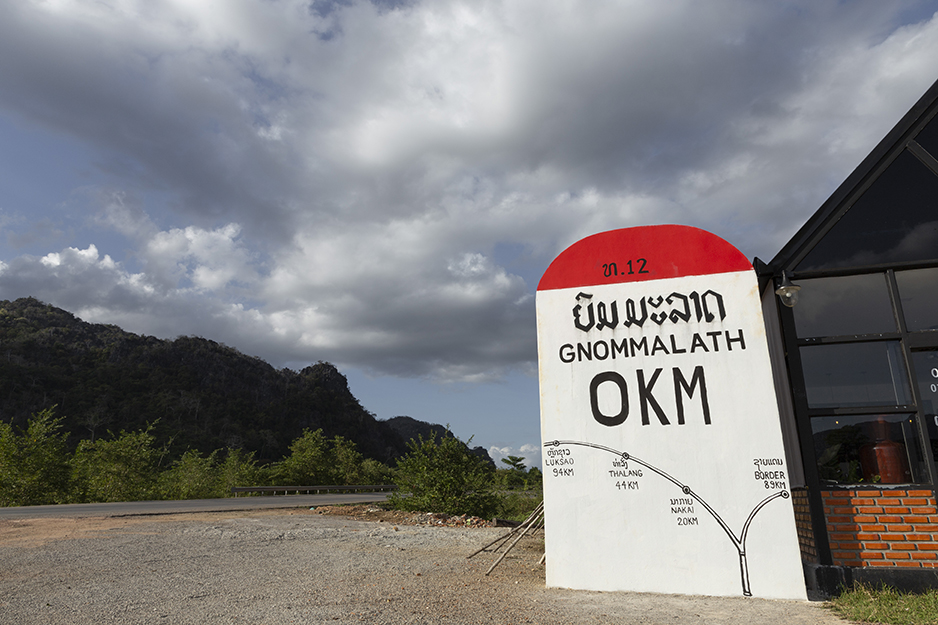
ເມືອງ ຍົມມະລາດ ແລະ ນາກາຍ ຕ່າງກໍ່ລໍຖ້າທີ່ຈະສະແດງຄວາມງາມຂອງຕົນອອກມາໃຫ້ທຸກຄົນໄດ້ປະທັບໃຈ. ກ່ອນໜ້ານີ້ການຈະໄດ້ເຂົ້າໄປສໍາພັດປະສົບການກັບສະຖານທີ່ທີ່ໜ້າສົນໃຈແຫ່ງນີ້ໄດ້ນັ້ນ ແມ່ນຕ້ອງສຳລັບຜູ້ທີ່ມີຄວາມຕັ້ງໃຈທີ່ສຸດ. ຈົນເຖິງເມື່ອໃນບໍ່ດົນມານີ້, ຕ້ອງຂໍຂອບໃຈມາຍັງການພັດທະນາພື້ນທີ່ດັ່ງກ່າວ ເຊິ່ງນຳພາໂດຍໂຄງການເຂື່ອນນ້ຳເທີນ 2, ນັ້ນກໍ່ເພື່ອໃຫ້ຄົນລຸ້ນຫຼັງສາມາດເຂົ້າມາເບິ່ງສິ່ງມະຫັດສະຈັນທ່າມກາງທຳມະຊາດທີ່ມີຢູ່ສະຖານທີ່ດັ່ງກ່າວໄດ້.
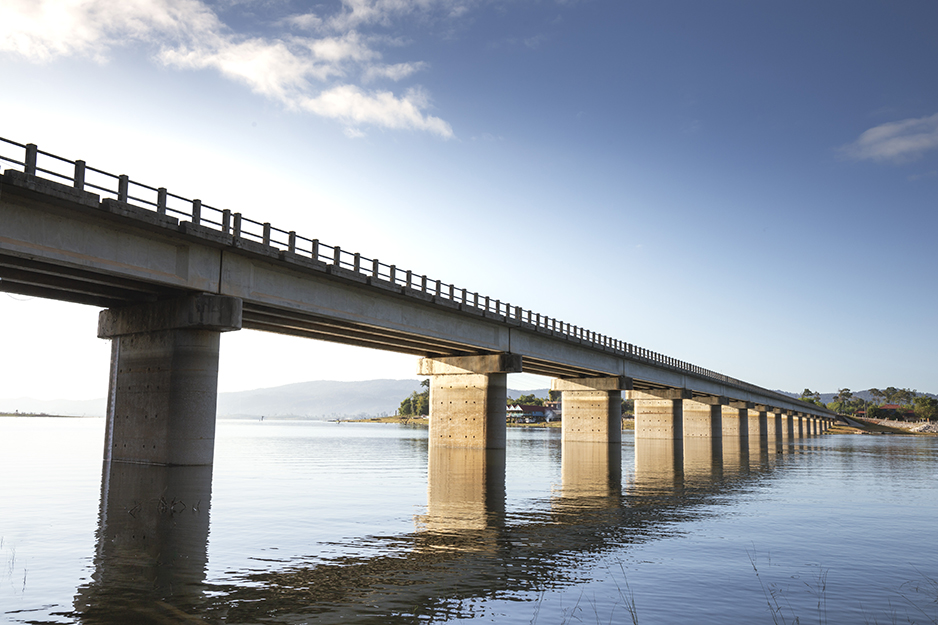
ເຖິງແມ່ນວ່າຈະໄດ້ຮັບການສ້າງຕັ້ງເປັນຢ່າງດີ, ເຂື່ອນນ້ຳເທີນ 2 ແມ່ນຍັງຈະມີການພັດທະນາຢ່າງຕໍ່ເນື່ອງການ
ປ່ຽນແປງຕະຫຼອດເວລາທີ່ເກີດຂຶ້ນໃນໂລກປັດຈຸບັນເຊັ່ນ: ເຕັກໂນໂລຢີທີ່ມີການເຕີບໂຕຢ່າງບໍ່ຢຸດຢັ້ງ, ການປ່ຽນແປງ
ຂອງດິນຟ້າອາກາດ ແລະ ການຫັນປ່ຽນພະລັງງານໃນພາກພື້ນ, ເປົ້າໝາຍໃນການກ້າວໄປສູ່ການມີສ່ວນຮ່ວມ, ຄວາມຍືນຍົງ ແລະ ການເປັນບໍລິສັດທີ່ປອດໄພແມ່ນໜຶ່ງໃນບັນດາບຸລິມະສິດຫຼັກໆຂອງນໍ້າເທີນ 2. ໃນລະຫວ່າງການມາຢ້ຽມຢາມຄັ້ງຕໍ່ໄປຂອງທ່ານໃນເຂດນີ້, ທ່ານສາມາດວາງແຜນການທ່ອງທ່ຽວພັກຜ່ອນໄດ້ທີ່ສູນທ່ອງທ່ຽວນ້ຳເທີນ 2 ໃນເມືອງ ຍົມມະລາດ ແລ້ວທ່ານຈະຄົ້ນພົບເພີ່ມເຕີມກ່ຽວກັບໂຄງການ ແລະ ສະຖານທີ່ອັນພົ້ນເດັ່ນດັ່ງກ່າວນີ້.
ຂໍ້ມູນເພີ່ມເຕີມ
ທ່ານສາມາດເຂົ້າໄປຕິດຕາມ
ເພຈເຟສບຸກຂອງນໍ້າເທີນ 2
ໄດ້ທີ່ facebook.com/namtheun2
ເວັບໄຊ້:namtheun2.com ແລະ ສໍາລັບການວາງແຜນ
ທ່ອງທ່ຽວໃນເຂດດັ່ງກ່າວໄດ້ທີ່: laosloop.info
ແປ ແລະ ຮຽບຮຽງໂດຍ ວັນນະແສງ ອິນສານ
ຮູບໂດຍ ນໍ້າເທີນ 2



 English
English